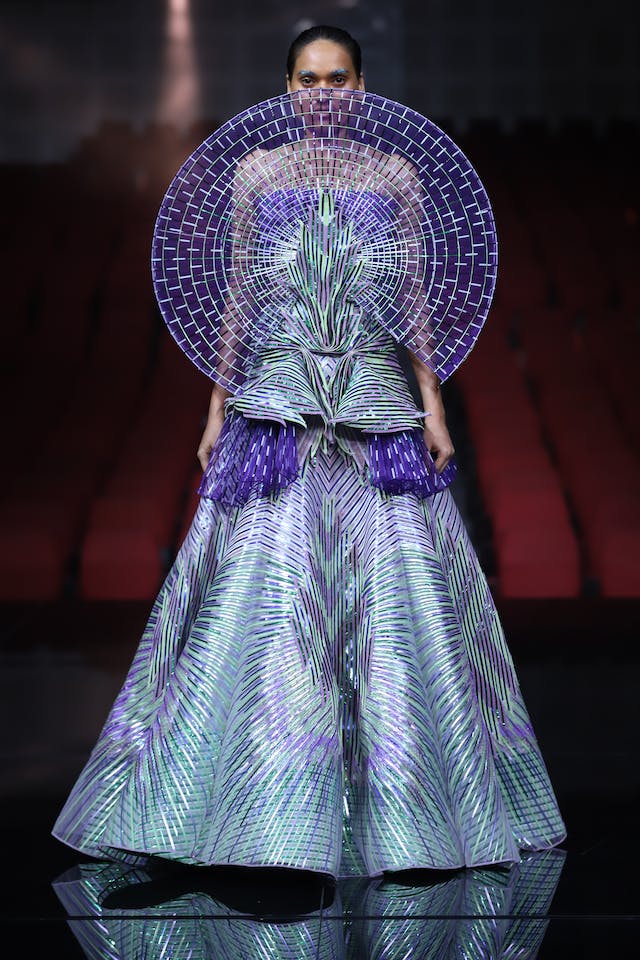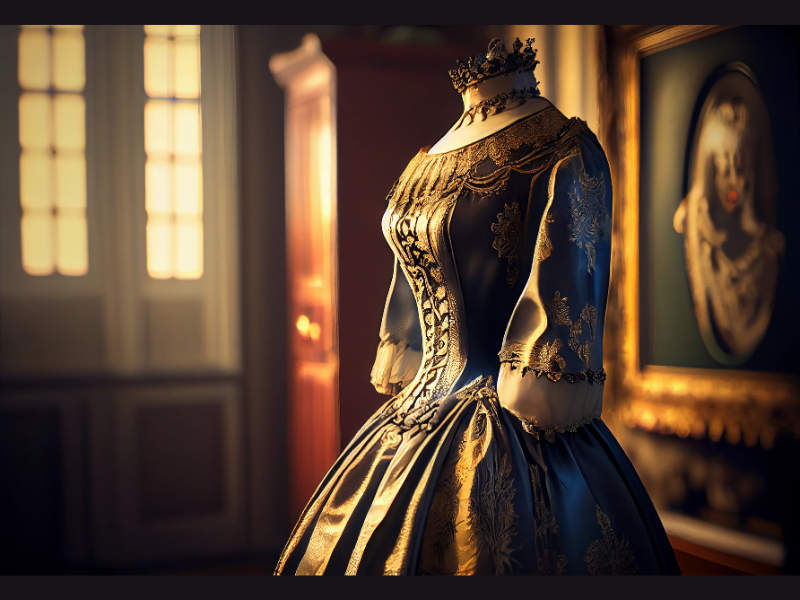When we think of style and sophistication, it’s hard not to conjure images of French fashion. From the regal designs of Marie Antoinette’s court to the avant-garde creations of modern-day haute couture, France has long been at the forefront of the fashion industry, transforming social norms and redefining what it means to be stylish. Immersing the people in its fashion history and reminding them of the enduring legacy of French style and its ongoing influence on the global fashion landscape. In this article, we will explore the evolution of French fashion, tracing its roots back to the 12th century and examining its impact on the world of style today.
The Resurgence of Fashion in the Renaissance
The influence of French fashion history dates back to King Louis XIV, sometimes known as the Sun King, whose taste for extravagance and style solidified the development of the fashion industry and turned France into a major hub for the textile trade by the end of the 17th century. Even if new designers and trends emerge all the time, France has a significant impact on international trade and fashion marketing, and it is the country that gave rise to the concept of the fashion business. Sumptuous fabrics, elaborate embroidery, and intricate details became the hallmark of French style, setting the stage for centuries.

French fashion during the 16th century witnessed juxtaposing materials, trims, and various embellishments. In the past, especially in the 18th century, ruffles reigned because the aristocracy scrambled to stay at their best. This insatiable appetite of the French court for opulent dress drove the country’s textile trade. Louis XVI’s rococo courtroom docket persisted in carefully shielding an enterprise of royal manufacturers, including Rose Bretin, Marie Antoinette’s “Minister of Fashion”, who was considered the first-ever fashion designer. The deluxe dressmakers contributed to the establishment of elite fashion culture by satisfying the desires of royalty.
The Reign of Haute Couture
The 18th and 19th centuries witnessed the rise of haute couture, a term that is synonymous with French fashion to this day. The concept of fashion as a form of self-expression began to emerge. Charles Frederick Worth revolutionised the fashion industry by unveiling the concept of fashion shows. Paul Poiret, another influential designer, broke free from the restrictive corsets and elaborate gowns of the time. His designs embraced simplicity and brought a sense of modernity to haute couture. It was during this time that Paris established itself as the fashion capital of the world, attracting designers, buyers, and fashion enthusiasts from all over the globe. Design houses such as Chanel, Dior, and Givenchy emerged, forever shaping the landscape of fashion.
The Birth of Ready-to-Wear
In the early 20th century, a new chapter in the history of fashion unfolded with the birth of ready-to-wear clothing. This paradigm shift was made possible by the Industrial Revolution, which revolutionised the manufacturing process and allowed for mass-produced garments. French designers seized the opportunity and led the way in making stylish and affordable clothing accessible to the masses. Icons like Coco Chanel and Jeanne Lanvin became trailblazers in this emerging era of ready-to-wear fashion.
Coco Chanel was among the visionaries who saw the potential of making high-quality clothing accessible to a wider audience. Known for her elegant yet understated designs, Chanel revolutionised women’s fashion by introducing comfortable and practical garments that could be worn by women from all walks of life.

Jeanne Lanvin, another well-known French designer, also played a significant role in shaping the ready-to-wear movement. Lanvin’s creations combined sophistication with simplicity, offering a range of meticulously crafted pieces that exuded luxury. Her emphasis on elegance and attention to detail made her brand synonymous with affordable luxury.
Ready-to-wear clothing allows individuals to express their style and identity without the need for expensive, custom-made attire. This democratisation of fashion not only empowered individuals to embrace trends but also fostered a sense of unity. The once stark divide between high fashion and everyday clothing began to blur as designers like Chanel and Lanvin created collections that bridged the gap, providing affordable alternatives to couture garments.
Breaking the Barriers
In the 21st century, French fashion continues to captivate the world with its innovative designs and unwavering commitment to quality. The fashion houses of France have consistently pushed boundaries, reinventing classic styles and merging tradition with modernity. The 21st century has witnessed an unprecedented integration of technology and fashion, shaping the way garments are designed, produced, and marketed. From 3D printing to wearable technology, the possibilities seem endless. Designers now experiment with innovative materials, create intricate patterns with the help of digital tools, and even incorporate smart features into their designs.

As the world becomes more cognizant of the environmental impact of various industries, fashion has begun to shift towards sustainability. Designers and brands are now embracing eco-friendly materials, implementing ethical production practices, and advocating for responsible consumption. This emphasis on sustainability not only reduces the carbon footprint of the fashion industry but also sets a positive example for consumers worldwide.
Way Forward
The evolution of French fashion is a testament to its enduring elegance and influence. From the opulent designs of the Renaissance to the groundbreaking creations of the 21st century, French fashion has left an indelible mark on the world of style. Its timeless appeal and commitment to quality ensures that it will continue to be celebrated and admired for many generations.
A Blog by Tamanna Shaikh
Interested to gain more information on the fashion industry? Then please visit these web pages to gain valuable information:
What to expect from the Global Fashion Industry in 2023
A Pile of Fashion for cute Petite Women
From Hipsters to Chicsters: Evolution of Modern American Fashion
Recent Press Releases from Reputed Names in Fashion Industry
iFoto unveils Revolutionary AI Clothes Changer Feature
Classic Football Shirts receives Investment from The Chernin Group to boost its Expansion Drive
Mango Joins Hands with Victoria Beckham to Design a New Capsule Collection






































